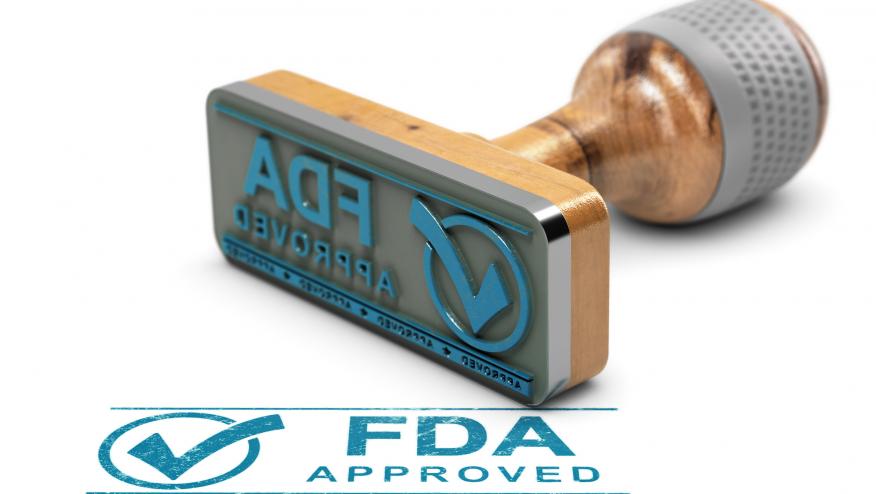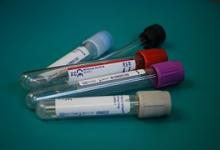Emapalumab Approved for MAS in Still’s Save

On June 27th, 2025, the FDA approved emapalumab for macrophage activation syndrome (MAS) in known or suspected Still’s disease (including both adult-onset Still’s disease (AOSD) and systemic juvenile idiopathic arthritis (sJIA)) with inadequate response or intolerance to glucocorticoids.
This landmark approval provides a much-needed medication for MAS, a highly fatal complication seen in about 30% of Still’s disease patients. MAS mortality rates range from 8% to 22% in sJIA and up to 40% in AOSD. Rapid recognition and intervention are critical—but until recently, treatment options were limited.
Traditionally, MAS is managed with high-dose corticosteroids, cyclosporine, and IL-1 blockade (like anakinra). While often effective, these treatments can fall short in fulminant or refractory cases. Enter emapalumab, previously approved for primary HLH, a monoclonal antibody against interferon-gamma (INFγ), a key driver of the MAS hyperinflammatory cascade.
The approval is based on pooled data from two prior studies (EMERALD and NI-0501-06, N=39), showing a 54% complete response rate at 8 weeks for MAS. Patients received 6 mg/kg emapalumab loading dose followed by 3 mg/kg every 3 days for the first 2 weeks then 3 mg/kg twice a week subsequently for 4 weeks or longer.
Emapalumab exhibits target-mediated drug disposition, meaning its pharmacokinetics are significantly influenced by the availability of its target—IFNγ. In MAS, where IFNγ levels are markedly elevated, the drug is rapidly consumed, leading to a shorter and more variable half-life, ranging from 2.5 to 19 days. As a result, higher or more frequent dosing may be warranted in MAS to achieve and maintain therapeutic levels, especially during the acute phase of disease. All patients received acyclovir prophylaxis and monitoring for EBV, CMV and adenovirus is recommended if clinically indicated. Use of emapalumab resulted in rapid decreases in ferritin and CXCL9—the latter a validated surrogate for IFNγ activity.
The ability to monitor treatment response using CXCL9 levels offers a modern, biomarker-guided approach to MAS management. Interestingly, an amendment to the study allowed concomitant use of another biologic, anakinra with emapalumab to prevent flares of underlying Still’s disease.
This approval represents more than another biologic on the shelf—it reflects a shift toward precision immunology with targeted INFγ blockade. Further studies hopefully will elucidate the ideal timing and integration strategy emapalumab in MAS in real-world practice. It remains unclear how many doses of emapalumab are needed for each MAS patient, as optimal duration likely varies based on disease severity and response. In smaller centers where CXCL9 testing is unavailable or results are delayed, clinicians may need to rely on clinical improvements, such as fever curve, ferritin trends, and overall inflammatory status to guide ongoing treatment decisions.
But for patients standing on the precipice of cytokine storm, this approval may be lifesaving.
References:
- FDA approves Gamifant® (emapalumab-lzsg) as first-ever treatment for adults and children with Macrophage Activation Syndrome in Still's disease | Sobi
- Microsoft Word - BLA 761107s018 Approval
- De Benedetti F, Brogan P, Bracaglia C, et al. Emapalumab in children with macrophage activation syndrome. N Engl J Med. 2020;383(5):5–16.
- Grom A, Ullman U, Mahmood A, Blomkvist J, Jamieson B, De Benedetti F. Efficacy and safety of emapalumab in children and adults with macrophage activation syndrome (MAS) in Still’s disease: results from a phase 3 study and a pooled analysis of two prospective trials. ACR Convergence 2024. Abstract No: L19.











If you are a health practitioner, you may Login/Register to comment.
Due to the nature of these comment forums, only health practitioners are allowed to comment at this time.